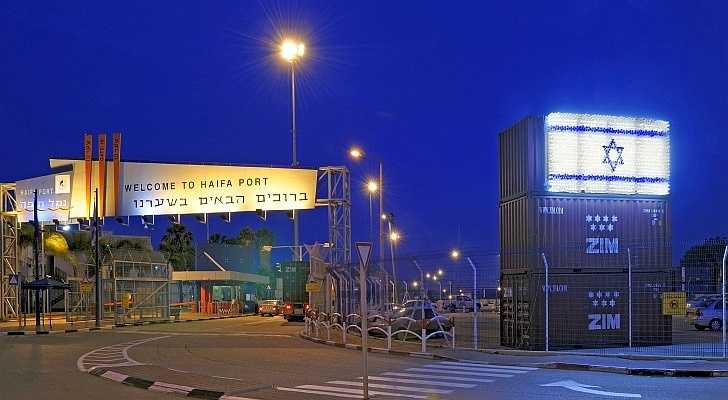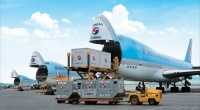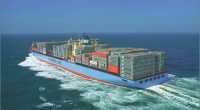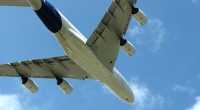On October 31, 1933, the new port of Haifa, the first modern port in Palestine, was opened. The Mandatory government chose this site because of its natural harbor and its proximity to important shipping lanes, to rail transport to the rest of Palestine and Egypt, and to the Hejaz railway to Jordan and Syria. Haifa was also the administrative center of the north.
Haifa port has, since its opening, a glorious part in the history of the revival of the people of Israel by serving as the gateway for hundreds of thousands of illegal immigrants and immigrants who arrived by sea during the period prior to and after the State came into being.
The Second World War slowed the development of the port somewhat, but the end of the Mandate in 1948 and the establishment of the State gave a strong push to its growth once again. The War of Liberation and the sealing of the overland borders with Arab countries made Haifa the country's vital gateway to the entire world. The dynamic economic development of the young state made the speedy development of the port of prime importance.






